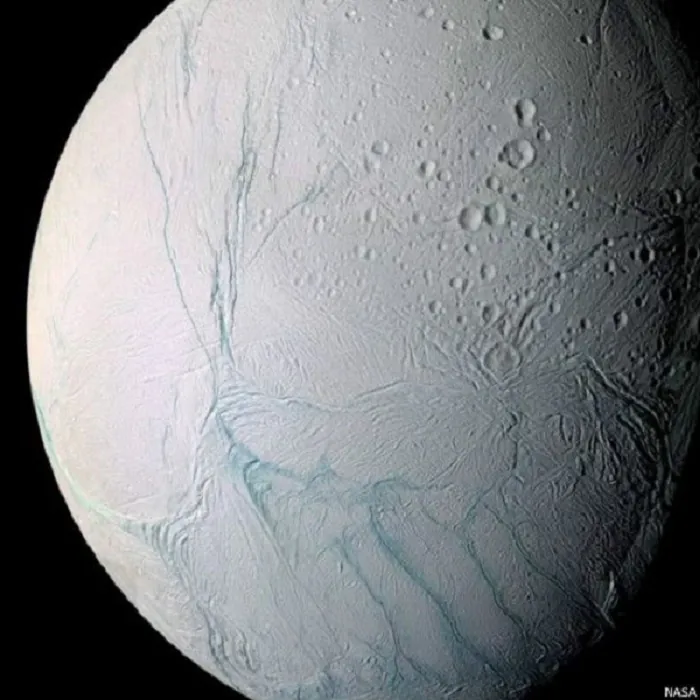© ROOT-NATION.com - Use of content is permitted with a backlink.
NASA has begun preparations to explore the oceans beneath the icy shells of the “ocean worlds” of our solar system. Pluto, Jupiter’s moon Europa, and Saturn’s moon Enceladus are currently the most accessible for study.

These oceans are of interest to scientists not only because they contain a lot of liquid water (Europa’s ocean probably has about twice as much water as all the Earth’s oceans combined), but also because chemical interactions between rocks and ocean water can sustain life there. In fact, the environment in these oceans may be very similar to the environment on Earth at the time when life originated.

But this will not be the first mission to gather samples from “oceanic worlds”. In 2016, the Cassini station sampled the “waters” of the Lygean Sea on Titan, then there was Enceladus, a moon of Saturn, where, to the surprise of scientists, an ocean was discovered under the ice cover. Sampling on Enceladus was carried out through cracks in the ice.

The principle of sampling in the new mission, for which NASA, by the way, has already allocated $600,000 in funding, will be completely different. The idea is to land on Europa or Enceladus in a place where the ice is relatively thin and, using a radioactive, self-heating probe, melt a 25cm diameter hole into the ocean, which is hundreds or perhaps thousands of meters below the surface.

Once there, it will release up to four dozen wedge-shaped micro-swimmers, each 12 cm long, which will go to explore the underwater world. The micro-swimmers will communicate with the probe acoustically (through sound waves), and the probe, in turn, will send the received data by wire to the lander on the surface.

Each micro-swimmer will be able to explore a distance of only a few tens of meters from the probe, due to the limited power of its battery and the range of the acoustic data line, but acting as a flock, they will be able to reflect changes (in time or location) in temperature and salinity. They might even be able to measure changes in the cloudiness of the water, which would indicate the direction to the nearest hydrothermal vent.
Limitations in the power of micro-swimmers may mean that none of them will be able to carry cameras (they would need their own light source) or sensors that could specifically look for organic molecules.
You can also help Ukraine fight with Russian occupants via Savelife or via an official page of the National Bank of Ukraine.
Subscribe to our pages in Twitter and Facebook.
Read also:
- Дослідження еліптичних кратерів дало нові відомості про дивні супутники Сатурна
- Обсерваторія LIGO з 2023 р. шукатиме найслабші сигнали гравітаційних хвиль


